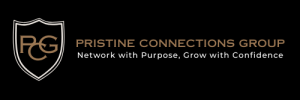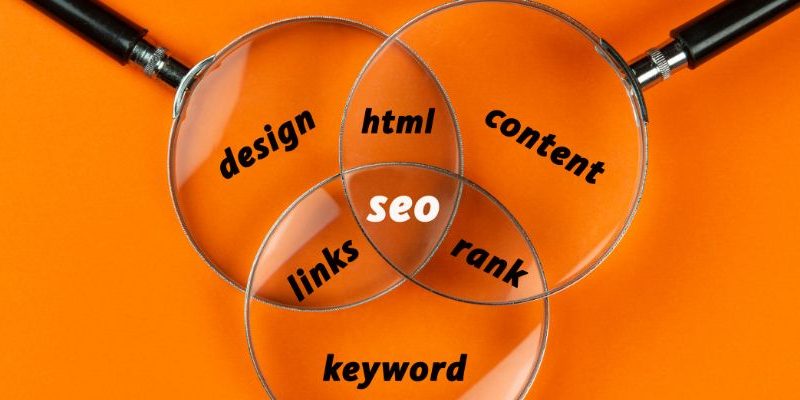The foundation of any effective digital marketing plan is on-page SEO. At Pristine Connections, we stress how important on-page optimization is to raising user engagement and website visibility. You lay a strong foundation for your SEO efforts by utilizing tools such as Yoast SEO for WordPress and applying the concepts of Click Wise Design to your webpages. You can make sure that your website not only ranks higher in search engine results pages (SERPs) but also offers your visitors an excellent experience by following this guide, which will walk you through the best practices and on-page SEO advice.
Crafting High-Quality Content

The adage “content is king” remains true in the SEO world. High-quality, relevant content is pivotal for engaging and retaining visitors, encouraging shares, and earning backlinks—all of which are crucial for boosting your site’s rankings.
Understand Your Audience
Before you start typing away, take the time to understand your target audience. What are their pain points? What questions are they asking? Tailoring your content to address these needs increases relevance and engagement.
Keyword Research
Keyword research is the backbone of on-page SEO. It’s not just about finding the right keywords but also understanding the intent behind them. Use tools and techniques to uncover the terms your audience is searching for, and incorporate them naturally into your content.
Content Structuring
Organizing your content with headers (H1, H2, H3) not only improves readability but also gives search engines clues about the main topics of your web page. Make sure each page has a clear hierarchy and uses keywords strategically within these headers.
Optimizing Page Elements
Beyond content, several elements on your page need optimization. These tweaks might seem minor, but they collectively play a significant role in how search engines understand and rank your content.
Title Tags and Meta Descriptions
Title tags and meta descriptions are critical for both SEO and click-through rates. Ensure they are compelling, include main keywords, and accurately describe the content of the page. Yoast SEO offers invaluable guidance in optimizing these elements effectively.
URL Structure
Keep your URLs short, readable, and keyword-rich. A well-structured URL not only helps search engines understand your page but also enhances the user experience.
Image Optimization
Images can significantly slow down your site if not properly optimized. Use descriptive file names, compress images, and always include alt text with relevant keywords. This improves accessibility and contributes to SEO.
Enhancing User Experience (UX)
SEO isn’t just about pleasing search engines; it’s also about providing a seamless and enjoyable experience for your visitors. Click Wise Design principles can guide you in creating user-friendly interfaces.
Site Speed
Page speed is a direct ranking factor. Use tools to assess and improve your website’s loading times. This may involve optimizing images, leveraging browser caching, or reducing server response times.
Mobile Responsiveness
With mobile search queries surpassing desktop, having a mobile-responsive website is non-negotiable. Ensure your site looks and performs well on all devices.
Navigation and Internal Linking
Clear navigation and strategic internal linking can significantly improve the usability of your site. They help users find information quickly and encourage deeper engagement with your content.
Final Wording
On-Page SEO is a multifaceted discipline that requires attention to detail and a deep understanding of your audience. By focusing on creating high-quality content, optimizing page elements, and prioritizing user experience, you can significantly improve your website’s search engine rankings and user engagement. At Pristine Connections, we advocate for a balanced approach that incorporates both technical SEO practices, like Yoast SEO, and user-centered design principles, like Click Wise Design. Remember, the ultimate goal of on-page SEO is to create a website that’s not only search engine friendly but also provides real value to your visitors.
FAQ’s
The most crucial element for immediate impact in on-page SEO is high-quality content. Content that is engaging, informative, and tailored to your target audience’s search intent can significantly improve your site’s relevance and authority, leading to better search engine rankings and user engagement.
Keyword research is fundamental to on-page SEO as it helps you understand what your target audience is searching for and the language they use. While paid tools offer advanced features and insights, there are also free tools and methods available, such as Google’s Keyword Planner and exploring related search queries on search engines, that can provide valuable keyword insights.
Yes, the layout and structure of your content can significantly affect your website’s SEO performance. Using headers (H1, H2, H3) not only makes your content more readable for visitors but also helps search engines understand the hierarchy and relevance of your information, improving your chances of ranking for targeted keywords.
Mobile responsiveness is a key factor because a majority of search queries now come from mobile devices. Search engines, like Google, prioritize mobile-friendly websites in their rankings. A site that is not optimized for mobile can suffer from lower rankings and provide a poor user experience, leading to higher bounce rates and lower engagement.
Some quick wins for improving page speed include compressing images to reduce their file size without significantly impacting quality, leveraging browser caching, minimizing the use of heavy plugins, and optimizing your code by removing unnecessary characters, spaces, and comments. These steps can markedly reduce load times and improve user experience and SEO.







